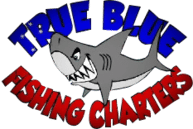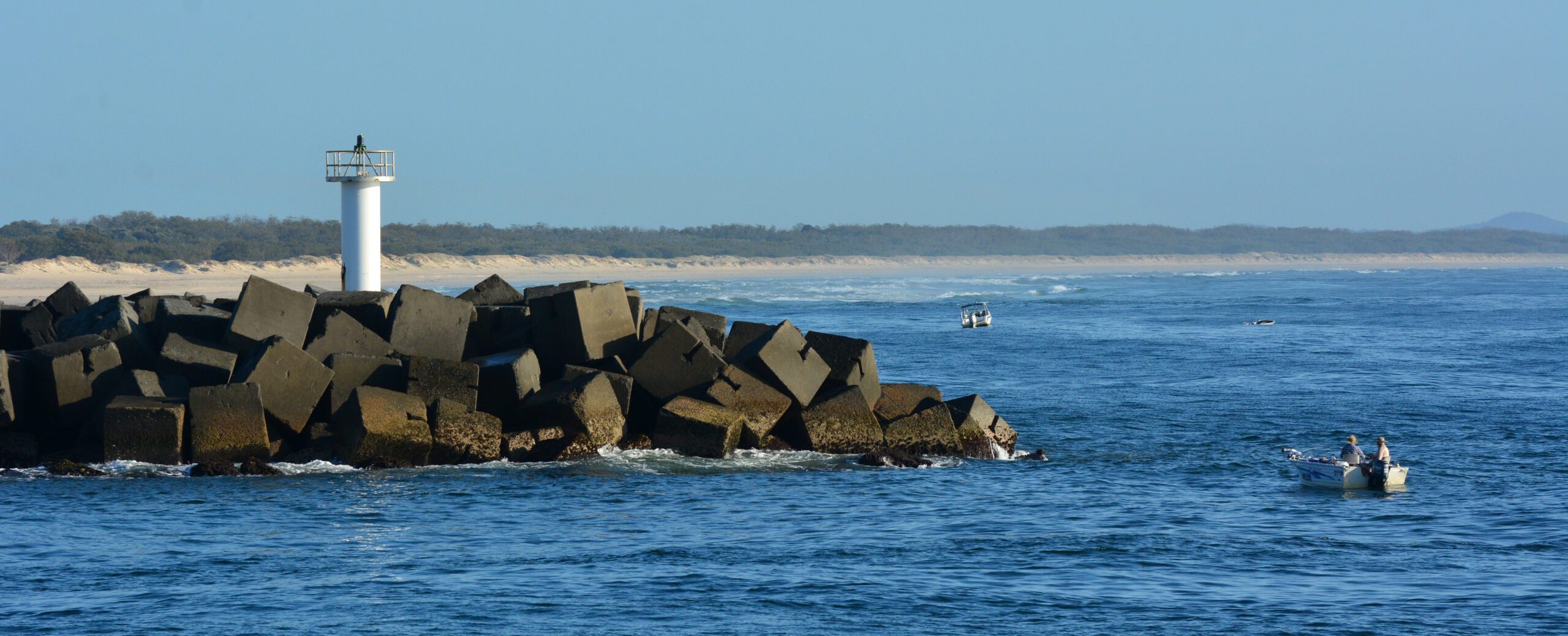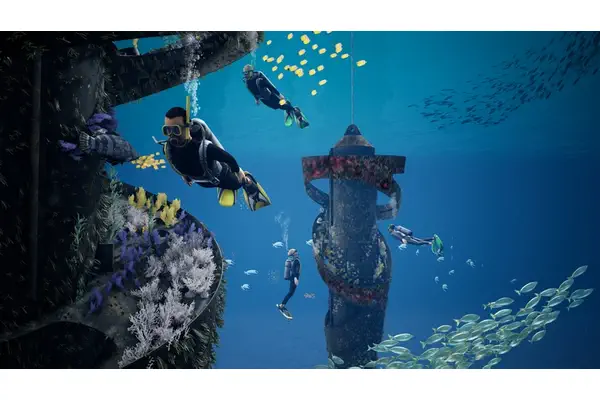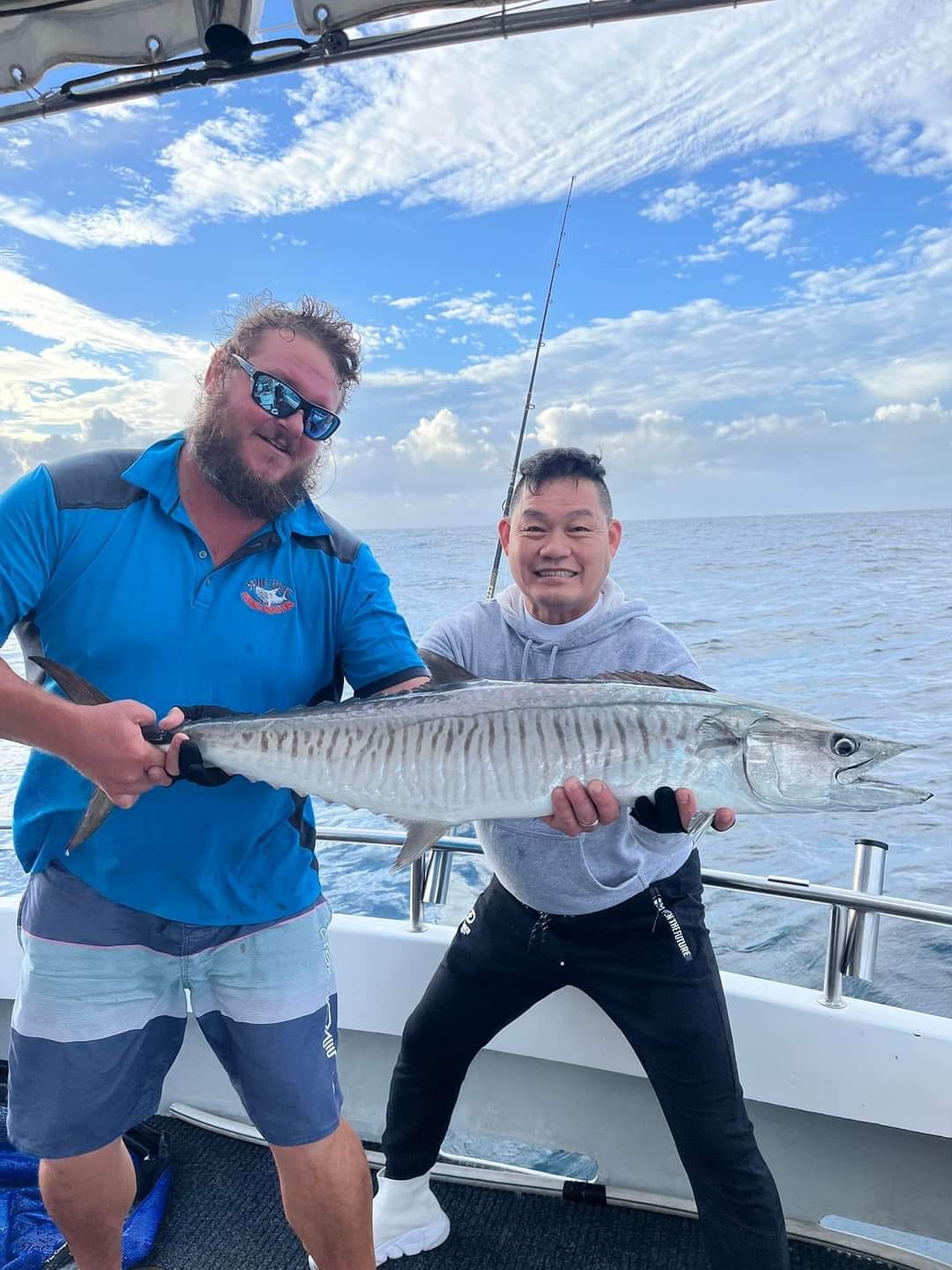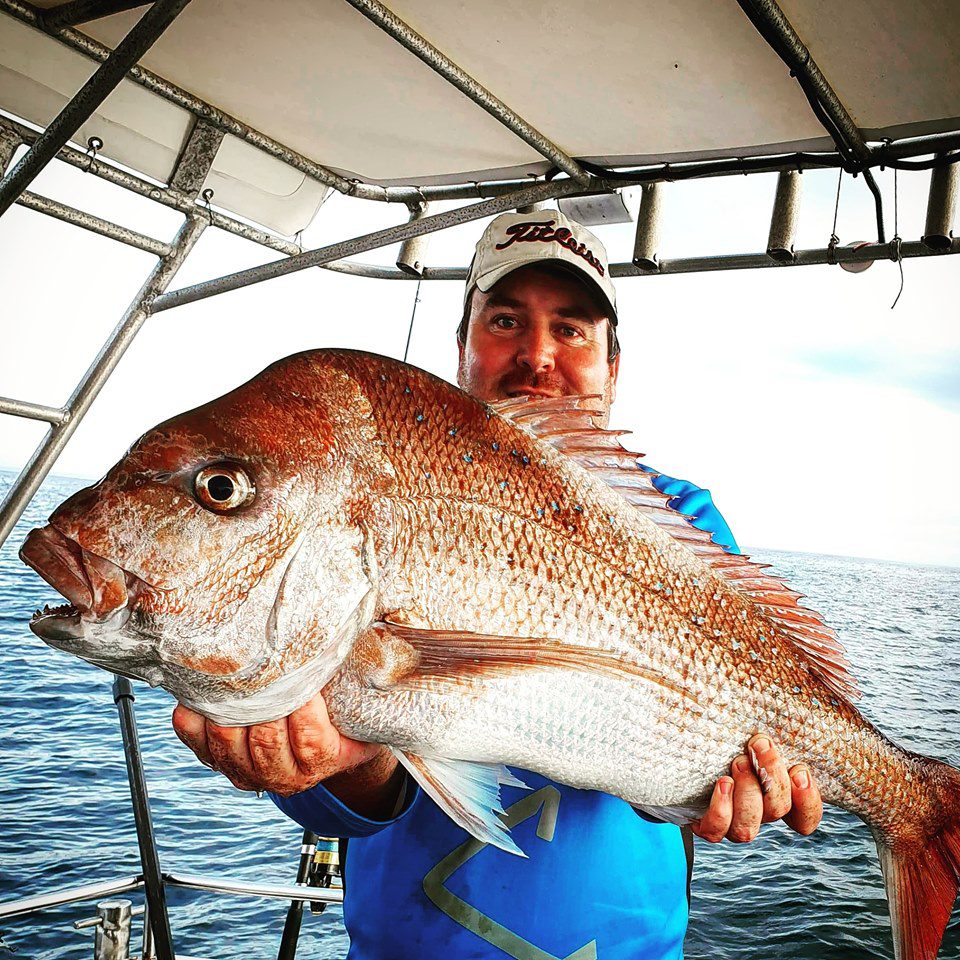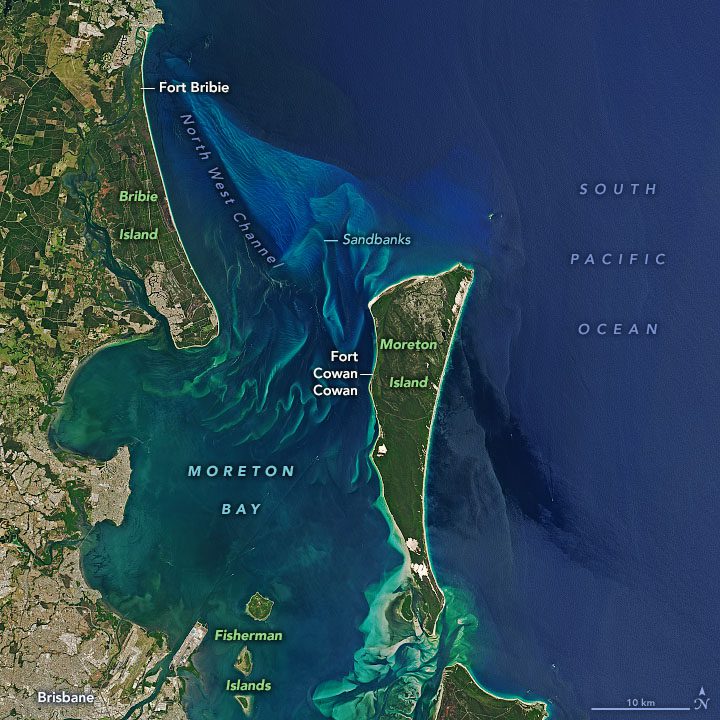Fishing the Gold Coast Seaway
For fishing enthusiasts, the Gold Coast Seaway is an enticing destination that caters to anglers of diverse skill levels and preferences. Whether you prefer the stability of land-based fishing or the thrill of a boat-based adventure, the Seaway offers a multitude of fish species and angling methods to suit your tastes. In this guide, we’ll delve into the nuances of bait selection, lure choices, tackle essentials, and strategic techniques to ensure your fishing expedition in the Gold Coast Seaway is an unforgettable experience.
Selecting the Perfect Baits and Lures
The choice of bait or lure depends on the specific fish species you’re targeting and the prevailing fishing conditions at the Gold Coast Seaway. Here’s a closer look at your options:
Live Baits: To entice predatory giants like Mulloway, kingfish, trevally, or mangrove jacks, live baits such as yakkas, slimy mackerel, mullet, herring, pike, and squid are hard to beat. Depending on the water depth and current, you can deploy free swimming live baits or use a running sinker rig. These live baits can be conveniently sourced from the Seaway itself or nearby areas like Wave Break Island or along the Broadwater foreshores.
Fresh Baits: Mullet fillet, white bait, and pilchards also prove effective in Seaway waters. Set these baits on a running sinker rig, using only as much lead as required by the current, combined with a bait holder style hook. You can either purchase fresh baits from local bait shops or catch them yourself using cast nets or bait jigs.
Soft Plastics: Versatile soft plastics have the ability to mimic a range of prey items. For flathead, bream, trevally, mangrove jack and jewfish, opt for paddle tails, curl tails, jerk shads, and grubs in natural hues like white, silver, green, and brown. These soft plastics can be fished on a jig head or a weighted hook, adjusting your retrieve speed or employing a hop-and-drop technique.
Hard Body Lures: Ideal for trolling or casting along channel edges or around structures, hard body lures such as diving minnows, poppers, stickbaits, or metal slices in vibrant colors like pink, orange, yellow, and green can help you target tailor, kingfish, mackerel, and trevally.
Metal Vibes: These vibrating lures generate enticing sound and flashes, drawing in fish. When using metal vibes, pair them with a heavy leader and employ a rapid retrieve or lift-and-fall action to entice jewfish, kingfish, cobia, and flathead.
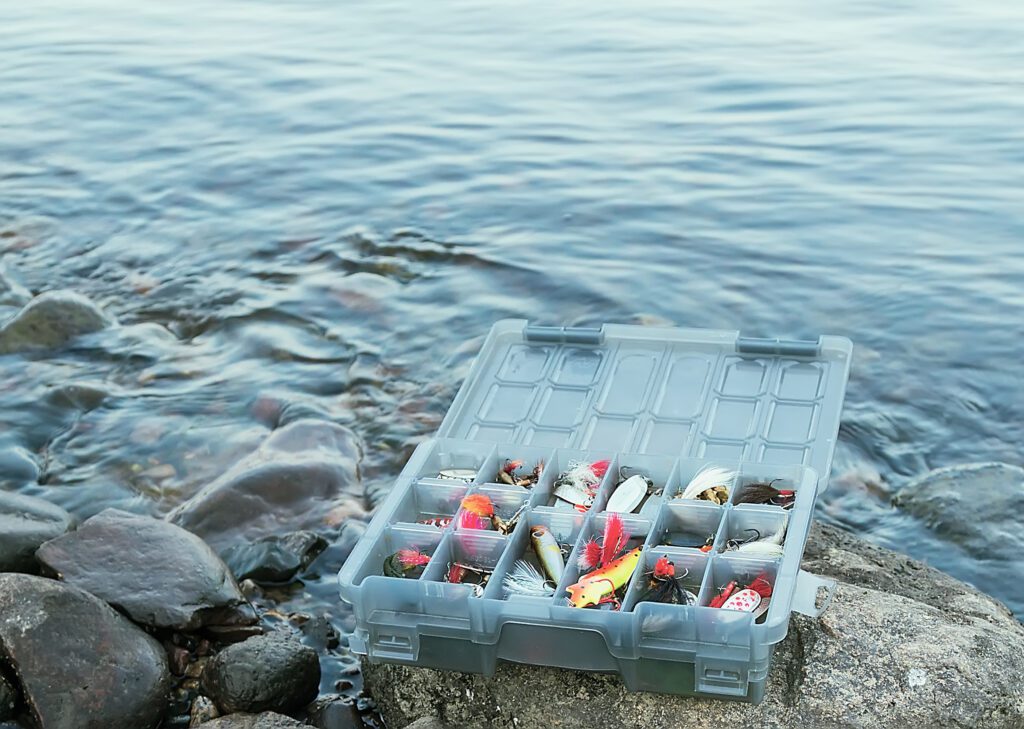
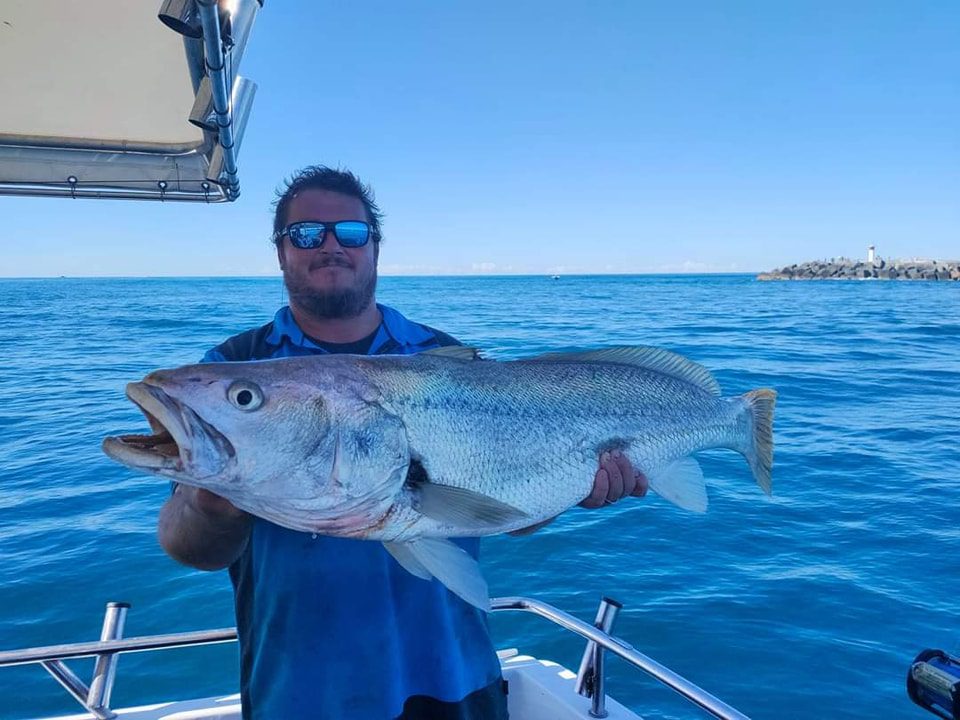
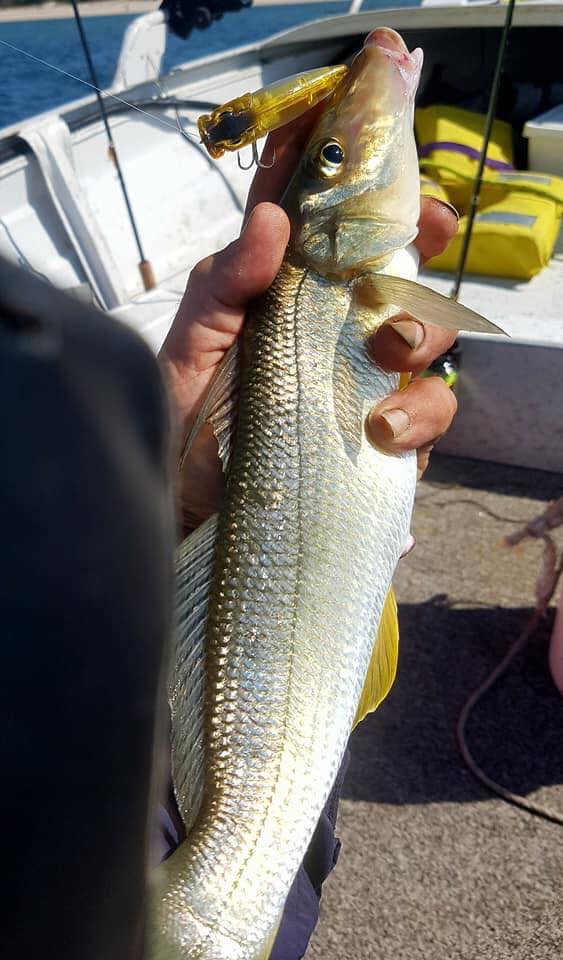
Choosing the Right Tackle
Tackle selection depends on the size and power of your target fish and the angling technique you plan to use. Here are some general recommendations:
Rods: Opt for a light to medium spinning rod, ranging from 6 to 7 feet in length. Longer rods allow for increased casting distance and enhanced control, while shorter ones offer greater precision and accuracy. Consider a rod with a fast action for improved hook setting and lure manipulation, or a rod with a moderate action for absorbing the runs and shocks of powerful fish.
Reels: A medium size spinning reel in the 3000 to 6000 size range is suitable for most Seaway fishing scenarios. Prioritize reels with a smooth drag system and ample line capacity to handle sizeable fish and extended runs. High gear ratio reels will enable faster retrieval and enhanced lure manipulation.
Lines: Opt for a 15 to 30-pound test braided line for most Seaway fishing conditions. Braided lines offer reduced stretch and heightened sensitivity, aiding in bite detection and hook setting. Their slender diameter and robust strength provide enhanced casting distance and fish-fighting capabilities compared to monofilament lines of the same test.
Leaders: Employ a fluorocarbon leader ranging from 10 to 20kg test for various Seaway fishing situations. Fluorocarbon leaders offer low visibility and superior abrasion resistance, making them ideal for fooling cautious fish and avoiding snags. Their reduced memory and greater stiffness facilitate knot tying and minimize tangles.
Strategic Tactics and Techniques
The success of your Seaway angling adventure hinges on your choice of location and timing. Here are some essential tips for selecting the right tactics and techniques:
Location: The Gold Coast Seaway is divided into two primary zones—the Seaway entrance, and the Seaway channel. Each zone boasts distinct features and fish species, necessitating tailored tactics. For example:
Seaway Entrance: This dynamic zone where the ocean meets the estuary offers opportunities to target cobia, jewfish, kingfish, trevally, and mackerel. Effective techniques include trolling or casting live baits or hard body lures along the rock walls, anchoring or drifting with live baits or metal vibes over the pipeline or reef patch, or casting soft plastics or metal slices over the sand spit.
Seaway Channel: Characterized by strong currents and abundant food sources, the Seaway channel is ideal for flathead, bream, whiting, trevally, and jewfish. Successful techniques involve drifting or anchoring with live baits or fresh baits on a sinker rig or float rig, or casting soft plastics or hard body lures along the channel edges or around markers and beacons.
Timing: Your fishing success also depends on the time of your trip:
Tide: Fish are more active with water movement, so plan your fishing trip during changing tides. Different fish species prefer different tide stages, so match your timing with your target species and location.
Day: Consider the day of your fishing trip, as some fish species are more active on certain days of the week. For example, finnicky species like bream tend to be more active mid week with less fishing pressure and boat traffic.
Season: The season of your fishing trip can also affect your success. Some fish species are more abundant or accessible in specific seasons. For instance, flathead are more prevalent and larger in spring when they spawn in large numbers in September and October.
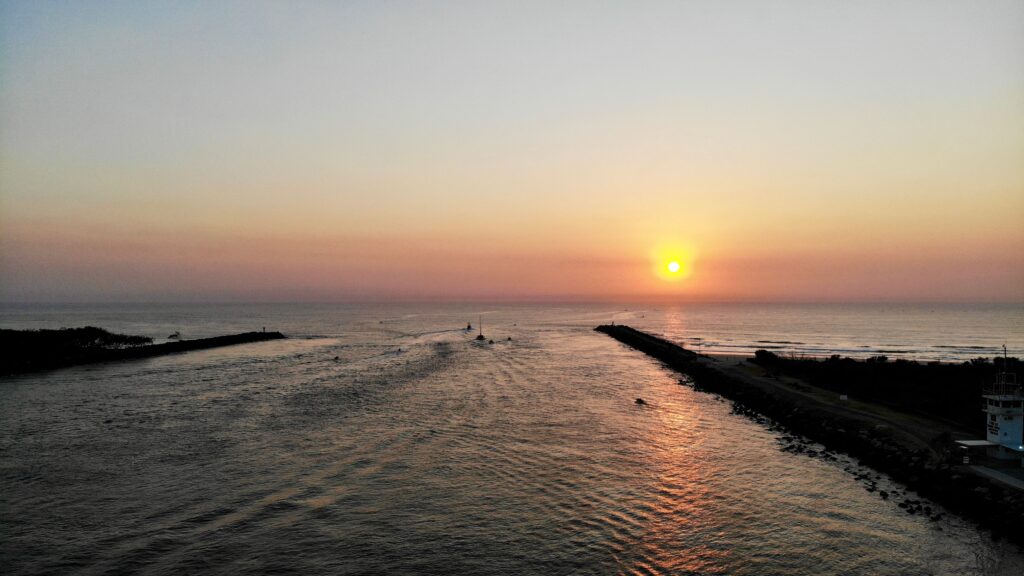
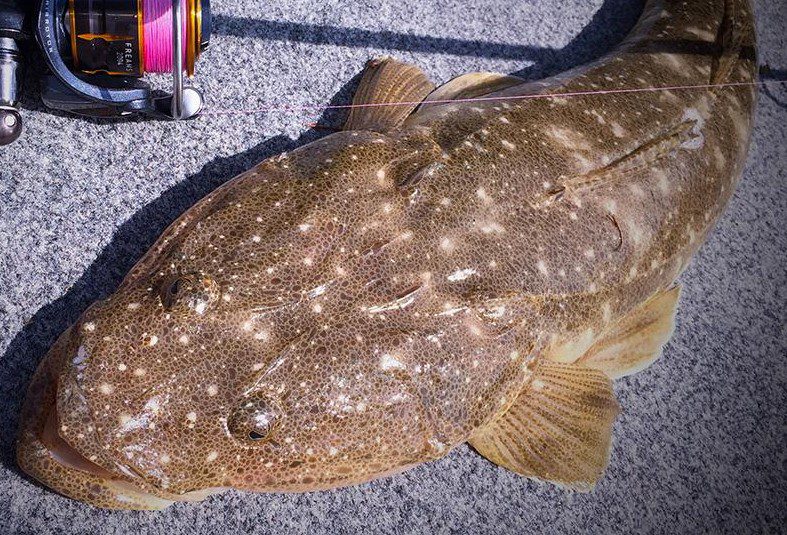
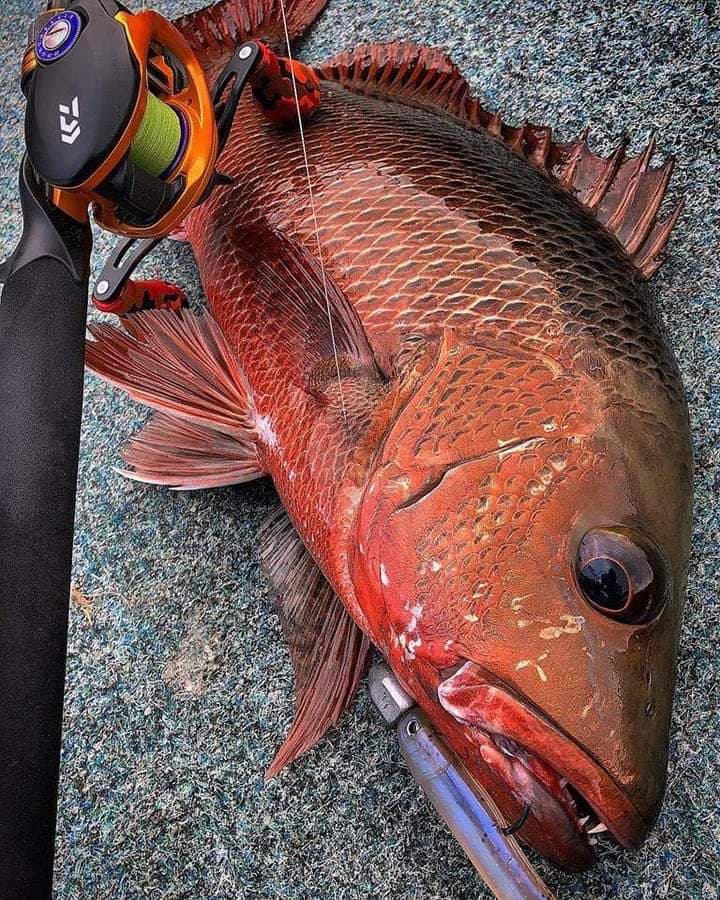
The Best Spots in the Gold Coast Seaway:
When fishing in the Gold Coast Seaway, identifying prime spots can significantly boost your chances of a successful catch. These prime spots are known for their abundance of fish and are where experienced anglers often find their most rewarding catches. Here’s why working these prime spots is crucial, along with a closer look at some of them:
Fishing Structure for Success:
One of the key principles of successful angling in the Gold Coast Seaway is to work the structure. Fish are often drawn to underwater structures like rock walls, reefs, and underwater features. These structures provide shelter, create current breaks, and attract baitfish, making them prime hunting grounds for predatory species. By fishing close to these structures, you increase your chances of encountering a variety of fish.
Fish as Close as Safely Possible to the Rock Walls:
Fishing as close as safely possible to the rock walls lining the Seaway can be highly rewarding. The rock walls not only offer shelter and habitat for numerous species but also act as a natural funnel for fish moving in and out of the Seaway. Casting your baits or lures along the rock walls, while keeping a safe distance to avoid a catastrophe, allows you to intercept these fish as they navigate the area. This tactic is particularly effective when targeting species like bream, trevally, and mangrove jacks.
Prime Spots in the Gold Coast Seaway:
Here are some of the prime spots within the Gold Coast Seaway that are worth exploring:
Deep Hole at the End of the North Wall: The deep hole at the end of the north wall is a hotspot for various fish species, including Mulloway and kingfish. The depth and structure of this area provide an ideal environment for these larger predators. Live baiting or casting lures along this section of the wall can yield impressive results.
The Pipeline: The pipeline is a prominent structure in the Seaway that attracts a wide range of fish. However, it’s essential to note that anchoring over the pipeline is strictly prohibited, as indicated by signage on both sides. To target fish around the pipeline, consider drifting with the current or using Spot Lock technology if your vessel is equipped.
Along the Southern Wall: The southern wall also offers excellent opportunities for anglers. This area provides a variety of structures, including submerged rocks and ledges, where species like bream, flathead, mangrove jack and trevally can often be found. Drifting or casting along the southern wall can be highly productive.
Around Channel Markers: Channel markers are strategic locations within the Seaway where fish often congregate. These markers create disturbances in the current, attracting baitfish and, in turn, predatory species. Anchoring near these markers, while observing safety guidelines, can lead to successful catches.
By focusing your efforts on these prime spots and working the structure effectively, you’ll increase your chances of encountering a diverse range of fish species and enjoying a fruitful angling experience in the Gold Coast Seaway. Remember to abide by all local regulations, respect other anglers, and prioritize safety while pursuing your fishing adventures.
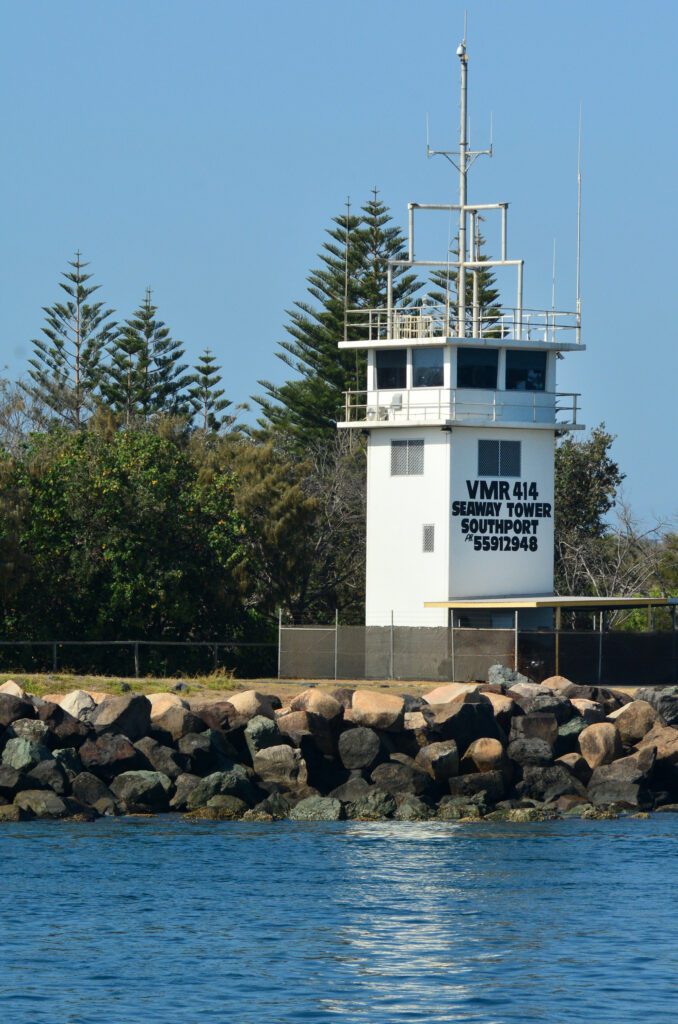
Drift Fishing the Gold Coast Seaway:
Advantages:
Cover More Ground: Drifting allows you to cover a larger area as your boat moves with the current and wind. This can be advantageous when exploring different parts of the Seaway or searching for active fish.
Natural Presentation: Drifting with the current provides a natural presentation of your baits or lures, mimicking the movement of prey items and attracting a variety of fish species.
Versatility: Drifting is versatile and effective for targeting a wide range of fish species, from flathead to trevally.
Disadvantages:
- Challenging Parallel Drift: Achieving a parallel drift along the wall can be difficult unless the tides and wind are in your favor. This may require careful planning and adjustments to maintain the desired drift direction.
Anchoring for Gold Coast Seaway Fishing:
Advantages:
Staying Put: Anchoring allows you to maintain your position in a specific spot, which can be highly advantageous when you’ve identified a promising fishing location or when you’re targeting fish near structures or at specific depths.
Precise Presentation: Anchoring provides precise control over the placement of your baits or lures, which is especially beneficial when you’re targeting specific underwater structures or features where fish tend to congregate.
How to Anchor Effectively:
Carefully select your anchoring location, taking into account your knowledge of the Seaway’s topography, fish behavior, and tidal patterns.
Ensure that your anchor and rope (line/chain) are appropriate for the depth and current conditions at your chosen fishing spot.
Remain aware that anchoring over the underwater pipeline is strictly prohibited, as clearly indicated by signage on both sides. However, it is possible to drop anchor well back from the pipeline and let out enough rope to allow you to target this wonderful underwater structure.
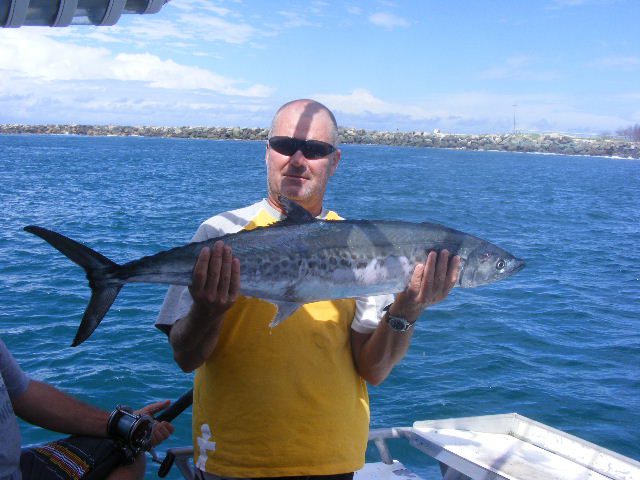
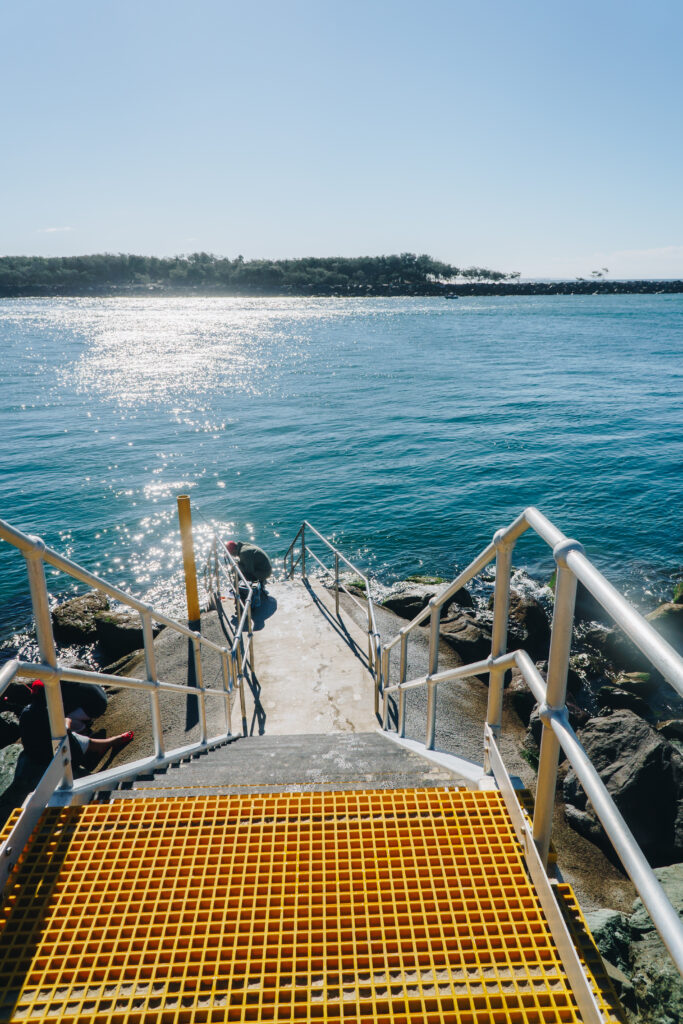
Using Spot Lock with an Electric Motor:
Advantages:
Precision Control: Spot Lock technology, available with electric trolling motors, provides precise control over your boat’s position. You can hold your vessel steady in one spot, even in challenging conditions.
Optimal Presentation: Spot Lock allows for a precise presentation of baits or lures, making it ideal for targeting specific structures, bait schools, or areas with high fish activity.
Minimal Disturbance: The quiet operation of electric motors minimizes disturbance in the water, reducing the risk of spooking fish.
How to Use Spot Lock Effectively:
Invest in an electric trolling motor equipped with Spot Lock technology.
Use a GPS-enabled remote control or smartphone app to activate and adjust Spot Lock as needed.
When to Use Spot Lock:
Spot Lock is perfect when you want precise control over your boat’s position, whether you’re targeting specific structures, holding over bait schools, or trying to maintain optimal casting distance.
It’s especially beneficial in areas with strong currents or windy conditions.
Land-Based Fishing Spots:
Along the South Wall: The south wall of the Gold Coast Seaway offers excellent land-based fishing opportunities. You can access this area by parking at The Spit and walking along the rock wall. Species commonly targeted here include bream, tailor, trevally, and flathead. Casting lures or using baited rigs can yield successful results.
Council Fishing and Diving Platforms: The Gold Coast City Council has constructed dedicated fishing platforms at strategic locations around the Seaway, providing safe and comfortable spaces for land-based anglers. These platforms offer easy access to prime fishing areas and can be a great option for families and beginners.
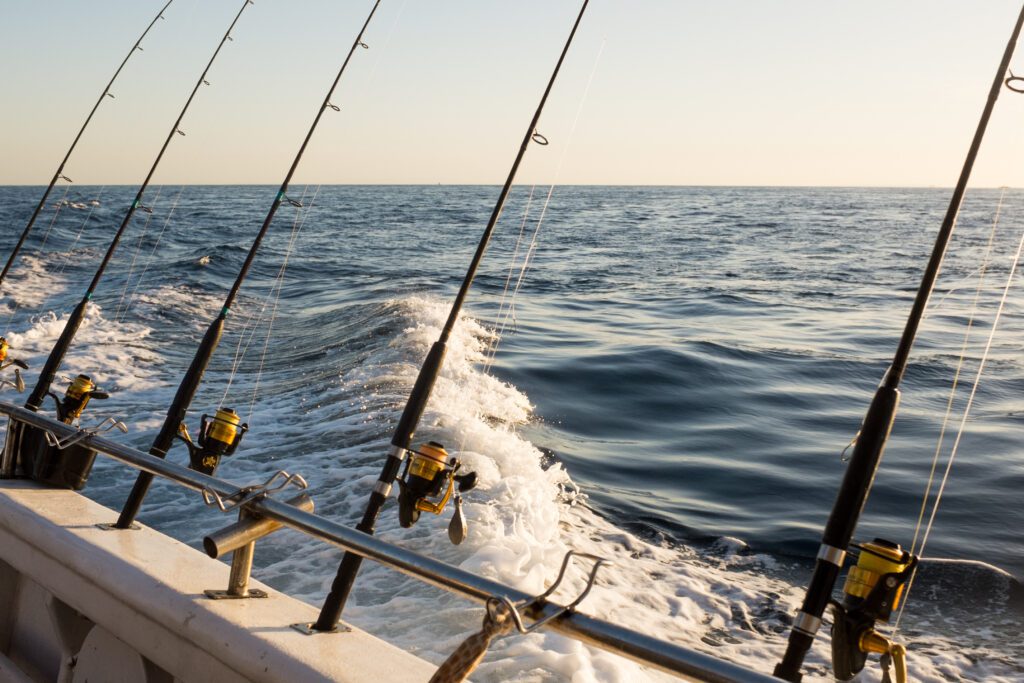
Conclusion: Your Gold Coast Seaway Fishing Adventure Awaits
Fishing at the Gold Coast Seaway offers endless opportunities for anglers of all skill levels. By following the tips and techniques outlined in this guide, you’ll increase your chances of landing a memorable catch in this diverse and productive fishing destination. Prepare for an exciting Gold Coast Seaway fishing adventure and make the most of your time on the water.

